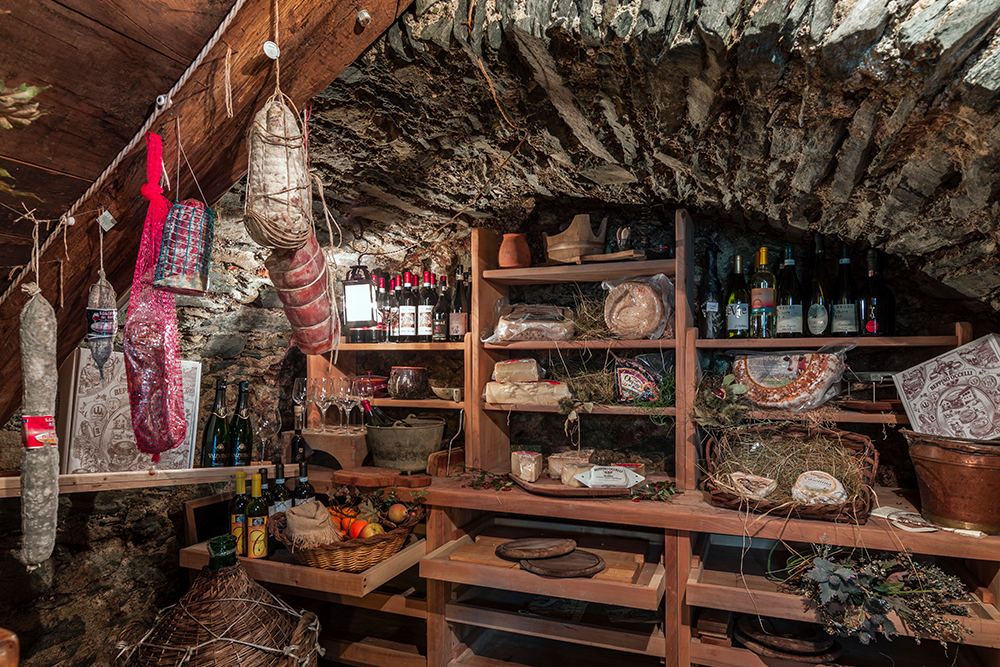Cooking
18th Century Meat Storage Methods For Off Grid Prepping

Nothing can beat the good old traditional meat storage methods for food prepping. Learn more about them here!
Traditional and Effective Meat Storage Methods
In a true off-grid situation, everything is going to change. How you live, sleep, eat, and drink are all going to change. I don’t know if many preppers are ready for something like this let alone most regular people!
It is always interesting to consider that THE GRID has only been a thing for 140 years, but we have convinced ourselves that we cannot live without it. Of course, there will be levels of chaos that are hard to comprehend but humans have been surviving without electricity for much longer than they have not.
How on earth did they store meat without a refrigerator? Let’s look at some of the methods used in the 18th century before power was an option.
1. Salt Pork
Pork was one of the most important meats of the 18th century. Salting was probably one of the most important storage methods in the 18th century. You can buy a salt pork product at the market but that is not what we are making.
Traditional salt pork involves taking 1lb chunks of pork and stacking them into a container. They would have used small barrels. First place salt down at the bottom of your container and then layer your first piece of meat rind side down add more salt and then add the next piece.
Once they are stacked up and pressed into the container tight, you are going to cover this pork with a brine. In the 18th century, they would also add weight using a small lit that would fit inside the pork to press the meat.
The brine, salt, and weight would eliminate air and kill most bacteria. Colonists would eat off this pork all winter long! It would keep for months. However, you must soak it before using it to remove some of the salt.
2. Dry Aging
Dry aging meat would have been done in a root cellar or cool place. It is the process of allowing a variety of molds and yeasts to land on your meat and begin to manipulate the flavor and texture. There are changes happening inside the muscle fiber itself, which makes dry-aged beef more tender, too.
You would have to think seasonally in terms of dry-aging off the grid because you are looking for a consistent temperature that mimics that of a refrigerator.
We are talking between 34-38 degrees for the majority of the process – 32 degrees or below and you run the risk of killing off the bacteria and molds that are giving the meat its character. Too much warmer and the fat in the meat will sour pushing the rest of the meat to go bad.
3. Potting Meat
Potting meat is another example of something that you can buy in the store but is virtually indiscernible from what potted meat would have been in the 1700s.
The potted meat of old would have been both mixed with large quantities of meat and then topped with beef fat or tallow.
Slow cooking 1lb of beef, until it is very tender, is the first step. You can then mix in about ¼ cup of butter into the mix once it has cooled. You will need to smash this into the meat but that is what you are looking for.
The French do something similar and calls it a rillette.
In small earthenware cups, the meat would be packed tightly using a spoon. Air and space are the enemies in potting meat. Once you press the container about ¾ of the way with the meat, you would then pour your warmed beef fat or tallow over the top to fill the cups up the rest of the way.
Once cooled, your tallow will act as a lid and if you store these in cool places they will last for months.
4. Confit
Another French technique uses fat to preserve meat, too. This was the technique of confit and is still popular in some swanky restaurants today.
The process of confit begins with lightly salting duck legs and leaving them in a cool place overnight. From here, they are placed into an oven-safe dish that is filled with enough duck fat to cover your duck legs.
In a 200-degree oven, you can “confit” these legs for about 4-6 hours. After you remove them you will simply let the duck legs cool, sink and then become encapsulated in the hard fat. Storing this in a cool place will assure that no air can reach them through the fat and will preserve the duck legs for months!
Wrapping Up
Fat, smoke, and salt were the keys to meat storage during the 18th century. This is likely why salt was often used to pay soldiers in those days and even into the 19th century.
All the methods we have outlined are easy to achieve at home. Dry aging takes some space but everything else can be done in small quantities. I encourage you to give these methods a try. The potted meat is delicious if you flavor the meat with some thyme. It is great eaten cold on some crackers.
Not only is it important to understand these methods from a practical preparedness standpoint, but there is also something very romantic about salting meats and storing them in oak casks for later use.
What is your go-to meat storage method and why? We’d love to hear from you in the comments section!
Up Next:
-

 Do It Yourself7 months ago
Do It Yourself7 months agoParacord Projects | 36 Cool Paracord Ideas For Your Paracord Survival Projects
-

 Do It Yourself9 months ago
Do It Yourself9 months agoHow To Make Paracord Survival Bracelets | DIY Survival Prepping
-

 Do It Yourself9 months ago
Do It Yourself9 months ago21 Home Remedies For Toothache Pain Relief
-

 Do It Yourself10 months ago
Do It Yourself10 months agoSurvival DIY: How To Melt Aluminum Cans For Casting
-

 Exports8 months ago
Exports8 months agoAre Switchblades Legal? Knife Laws By State







